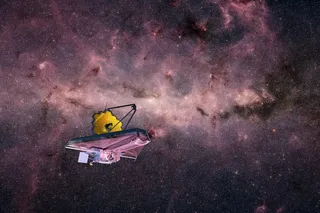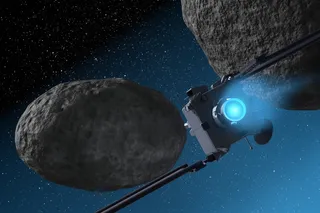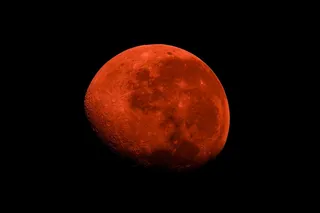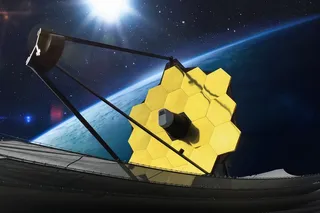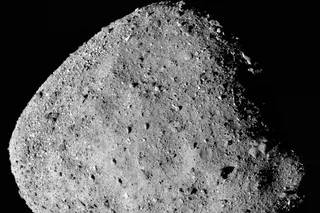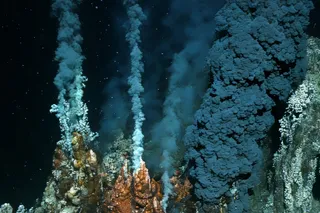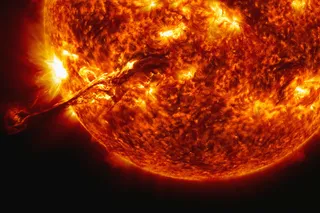During the Apollo missions, astronauts faced challenges from sharp, fine particles of lunar dust that clung to nearly everything, posing potential health risks while causing instrument malfunctions and allergy-like symptoms.
As the space sector prepares for future Mars missions, astronauts and researchers are investigating how Mars dust may impact astronauts and their equipment.
Justin Wang, a medical student at the University of Southern California, has a background in planetary sciences and aerospace engineering, compares a visit to Mars like one to a sandy beach. When a person leaves the beach, the sand often sticks to their skin, gets tucked into clothing crevices, and may even be deposited in food or drink items.
Except that Mars, a very big and dusty planet, is more like a toxic beach.
Wang is the lead author of a new study published in GeoHealth surveying the minerals and chemicals found in Martian soil. Together, his ...




